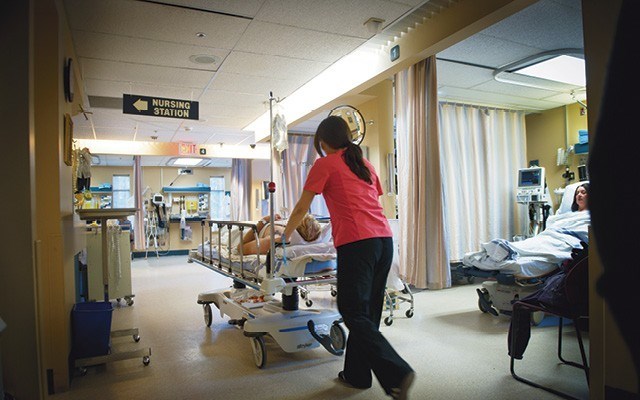The Sea to Sky School District (SD48) discussed the plans in place to help the kids of essential-care workers at its regularly scheduled school board meeting Wednesday, April 8, on Zoom.
While schools in the corridor are open for students whose parents have been deemed essential workers, "I want to be clear that this is not intended to be childcare," said McCullough. "We do not intend to become licenced child-care providers. This is a topic that started quite urgently to get childcare in place, but we're evolving quite quickly.
"We were the first district to get up and running on Monday (April 6), with support for our essential service workers. No family needed us Monday, but we were ready and on Tuesday they did."
By the meeting on Wednesday, 17 families in Squamish with 22 children were sending kids to school, along with three families in Whistler with five children, and five families in Pemberton with seven children.
"We're really here to support those who have no other options that need to get to work," said Phillip Clarke, director of instruction with the district.
"We've been staffing with ... substitute teachers and we're open from 7:30 a.m. to 6:30 p.m.-[that's the] latest we've had to go. The goal is to meet that 12-hour shift that service workers typically do."
The district is the only childcare provider currently in Pemberton and Whistler, but work is underway to collaborate with Kids On the Go in the latter community, he added.
"The BC Centre for Disease Control has been updating us regularly with health and safety information and the most current information we have about caring for kids," Clarke said. "Overall, children have very low infection rates, estimated between one to five per cent world wide. The majority of cases in children are the result of household transmission by droplets spread by another family member with symptoms. Children infected by the virus develop milder symptoms, if any, and very few become critically ill ... Unlike adults, the rates of transmission are unknown, but there's no documented evidence of child-to-adult transmission. There are no documented cases of children bringing an infection into the home from school."
So far, the district has been taking on students whose parents are labelled by the province as tier one (including health care workers and emergency responders) and tier two essential workers. "Now when we move onto tier three, these become people like our teachers who are trying to provide continuity of learning, but have young children at home, and so it promises to create a situation for us where an enormous number of children will need Phil's attention on providing the learning care for their child during the day," McCullough said. "We are about to enter another zone that will be tricky."




